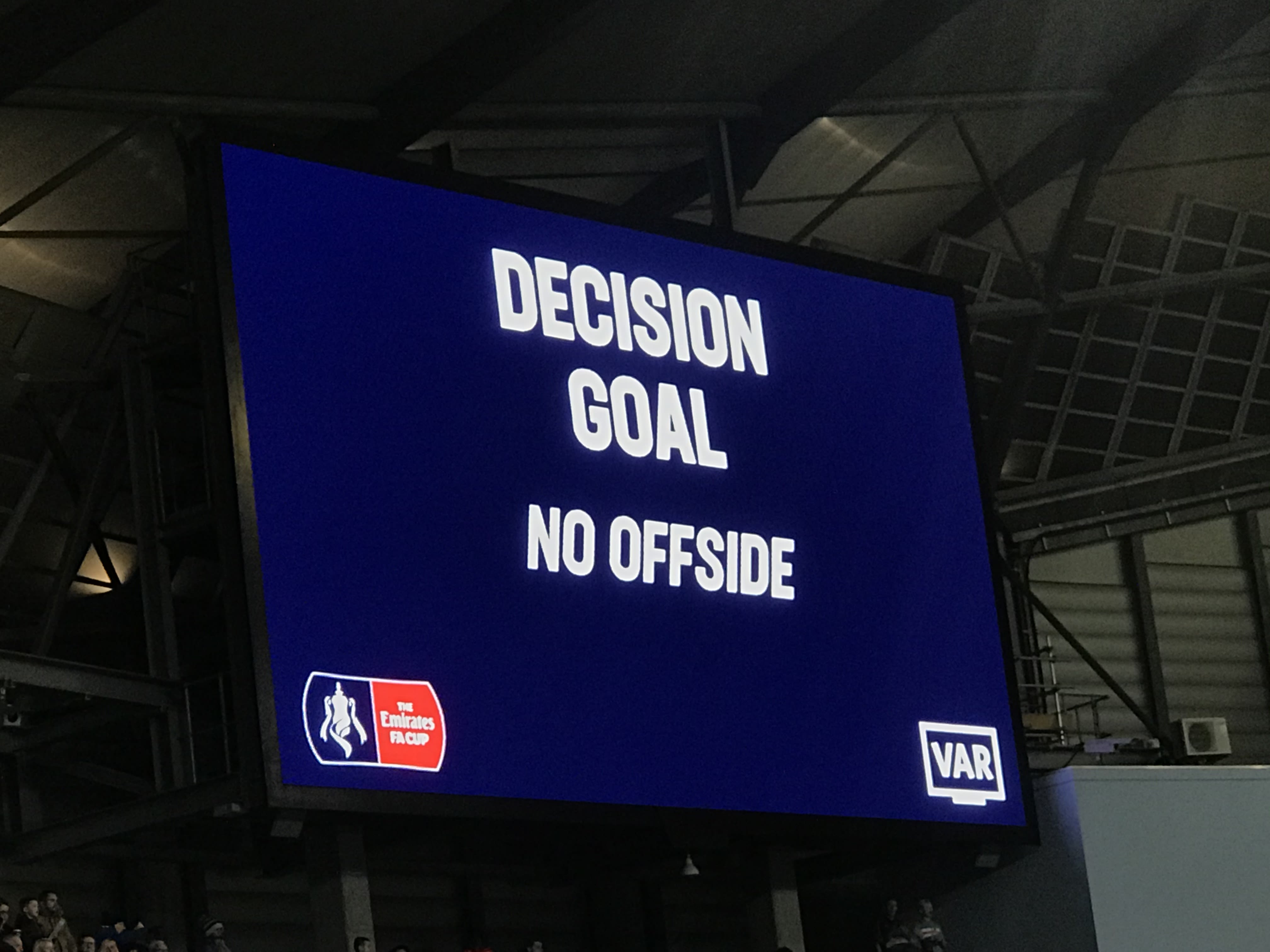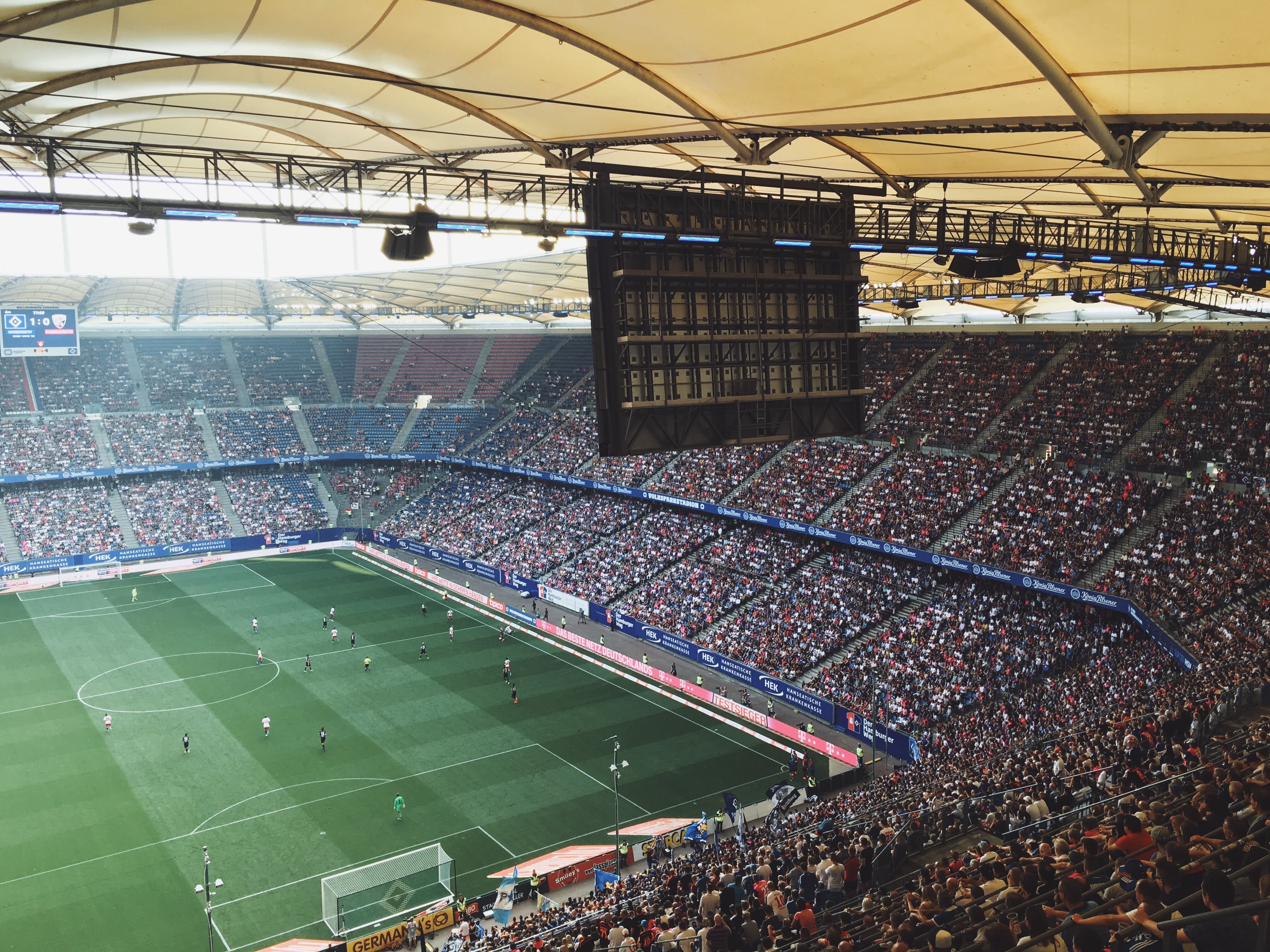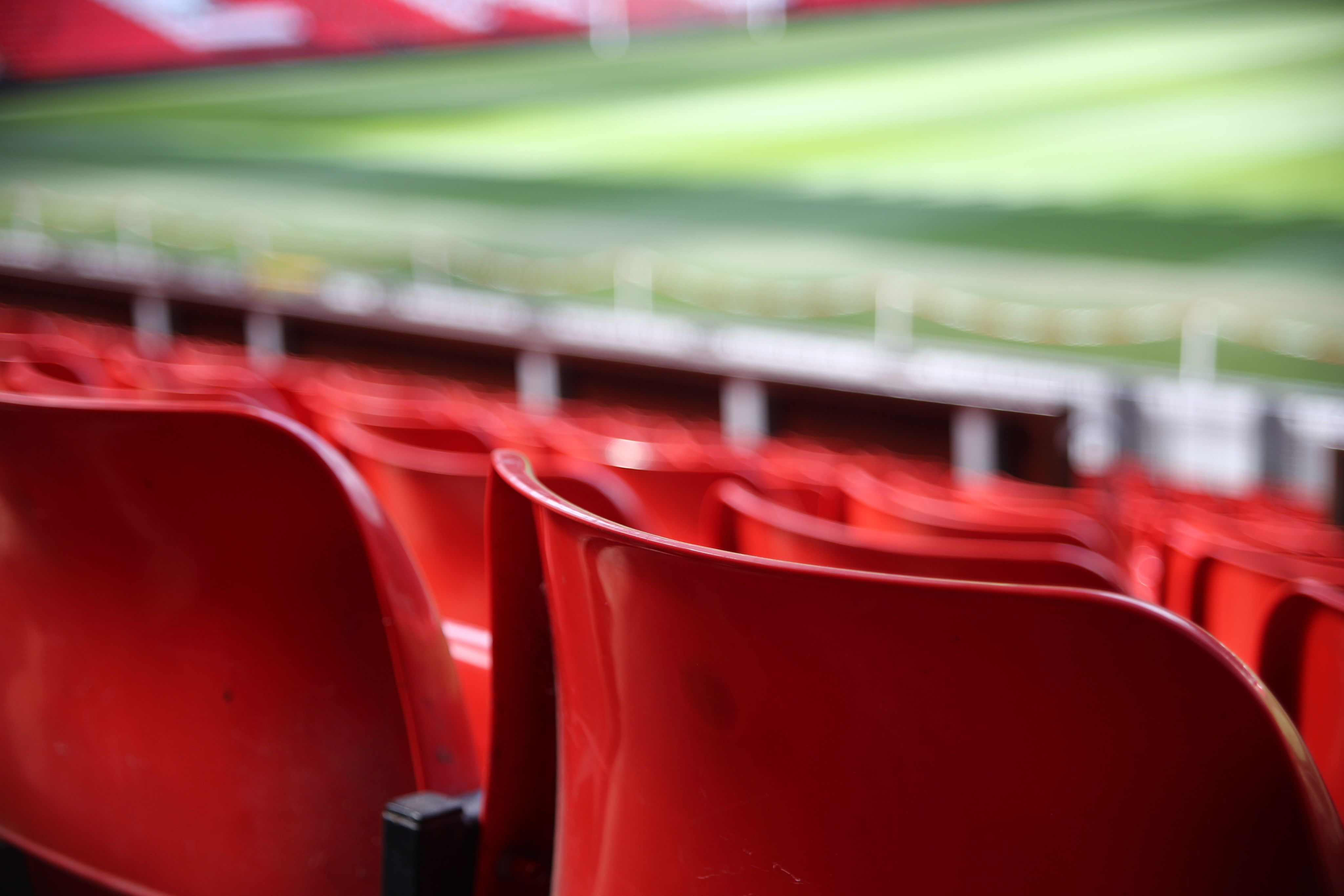Valid, Arbitrary, Rational- an in-depth investigation into VAR. Part 1- History, Successes and Failures
This first article will take a brief look at the history of VAR, followed by the successes and failures of the technology.
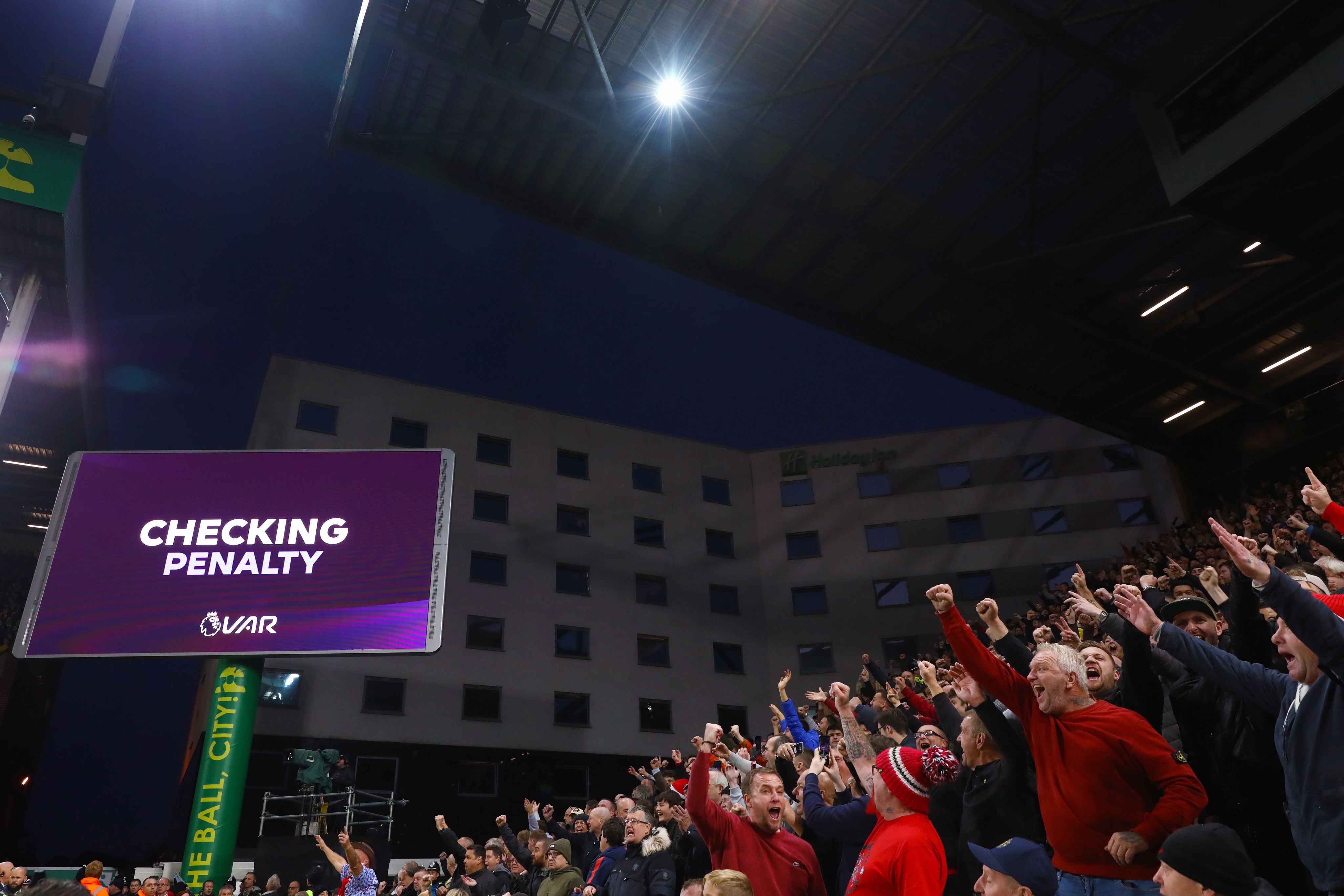
Like it or loathe it, VAR is here to stay and is the biggest talking point in football. In the modern day of the beautiful game, technology has been accepted to assist on-pitch officials and improve overall officiating in football. However, even some five years after its introduction, referees are still learning the system and how to implement the changing methods and rules - leading to controversy and issues which show no sign of stopping every match week. It’s widely agreed though however, that the technology isn’t fully the issue, it’s the referees and officials manning the technology.
But what exactly is VAR? The abbreviation stands for Video Assistant Referee, and their main role is to review in-game incidents from a remote location. Working as a team at a location separate to the on-field referee, the role of the Video Assistant Referee is to identify any clear and obvious errors made during the phase of play. The decision can then be overturned on VAR advice, an on-field review can occur where the referee watches back the incident on the screen pitch side, or the referee ignores VAR advice.
In 2016, the International Football Association Board (IFAB) approved trials for video referees, to see how fluent it would flow with the fast pace of the game. Then by March 2018, following successful trials, IFAB allowed the use of it. VAR was introduced in the 2018 World Cup, and it was brought to the Premier League for the 2019/20 campaign following clubs voting for its use in the division. Before coming to England’s elite level, it had been trialled in years prior, including in the two major cup competitions - the FA Cup and the Carabao Cup.
The technology frequently receives criticism for its decisions, the duration it takes to decide, and the poor consistency of decision-making. Every team in the Premier League have had their fair share of VAR mistakes, but this season PGMOL were subject to a review due to the stage the criticism has got to, affecting the whole games’ flow. Arguably the biggest issue in VAR has been human error as opposed to the technology itself, as a video referees’ decision is subjective, and further some might have different perceptions on what they class as a ‘clear and obvious foul’. Due to decisions varying from one referee to another, goals have been getting disallowed when they shouldn’t, as well as penalties not being given when they should and other match incidents. As of 2023, it seems that it is near impossible that there will be a VAR system that keeps every referee, manager, player and fan happy.
So, what have been the successes of VAR since its inception? According to the Premier League website, the introduction of VAR in the 2019/20 season increased the percentage of correct key match decisions from 82% in the previous season to 94%. In the technology’s first year of usage, it checked 2,400 incidents and overturned 109 decisions, averaging an overturned decision every 3.5 matches – with the initial reason VAR was introduced being to improve refereeing accuracy. A key benefit of VAR is that it maintains player discipline by stopping players from getting away with acts of violent misconduct or aggression on the field and, in theory, clamping down on these kinds of fouls is made easier by VAR. Another pro to VAR is it can and usually is a source of high drama, making the game more engaging.
Dean Smith, manager of Wearside League club Durham Corinthians and Newcastle United supporter, says that ‘VAR does more good than bad for the game and said ‘it generally gets more things right than wrong. There have been several instances this season for us (Newcastle), where clearly officials have made incorrect split-second decisions and the outcome probably would have differed had there been a review.'
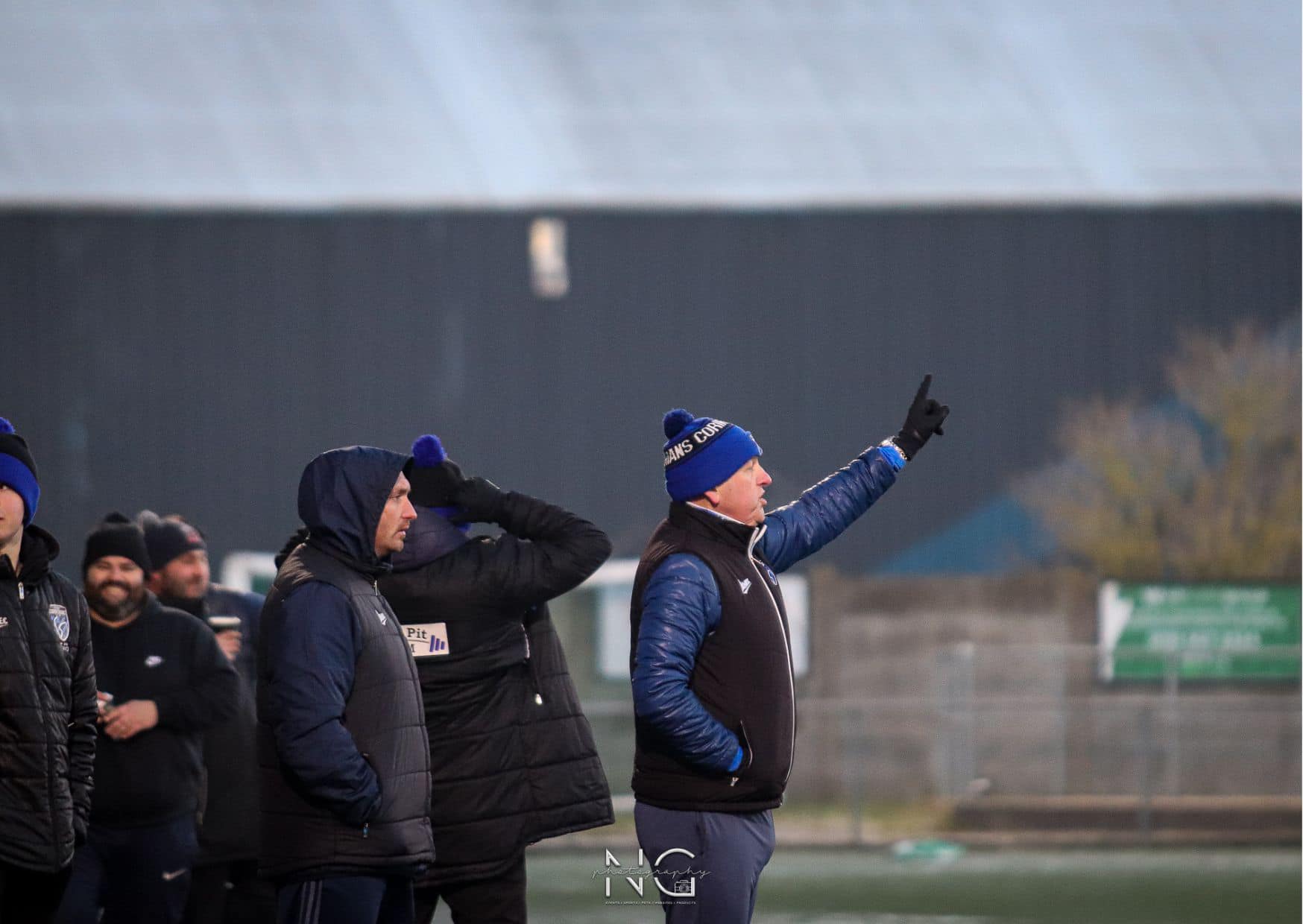
Durham Corinthians manager Dean Smith. Credit NG Photography.
Durham Corinthians manager Dean Smith. Credit NG Photography.
This is a view shared by James McLeod, a Durham University sports physio and masters sports psychology student. ‘It has allowed for human error to be minimised in the game and has silenced critics that have questioned referees’ decisions in the past.’
In terms of the downsides, at present, there is many more than there are positives. Firstly, the technology undoubtedly disrupts the natural flow of a football match by interrupting the game with frequent delays and stoppages, which are usually lengthy, as officials revise the decision multiple times to ensure the correct call is made. This, as we see every match weekend, takes away the joy of a goal celebration or match moment as we await the decision.
Another weakness of VAR is the human nature and subjectivity of decisions- people have different opinions on the exact same situation, it’s all in the eye of the beholder. A tough permissible tackle for one may be a straight sending off for another, or an attacker’s arm could be offside for one individual, but not another. This is arguably the biggest issue with VAR at present, as it attempts to bring a level of objectivity into a sport that is largely subjective.
Dean Smith also said: ‘It seems in other countries/sports that the review process is a lot slicker though, and the main issue people have with it is the delay in reviews, but that will change over time’.
James McLeod believes the failures of VAR are manifold. He said, ‘I believe adopting an approach like we see in rugby, whereby referees explain how they are interpreting the incident in real time would alleviate the backlash referees receive.’
Keith Hackett, former FIFA referee and Head of PGMOL, introduced goal-line technology and several other technologies into football to improve the overall game. ‘VAR technology does need to improve,’ Hackett said. ‘Its application also needs to improve in that more clarity needs to be discussed and agreed on what is ‘clear and obvious’. The decision-making process for a match official is to see, recognise, think and act - most errors made by officials is because they don’t see the incident clearly.’
Tweet by Keith Hackett. April 9,2023, 7:04am
Further down the pyramid, where VAR does not yet take effect, the referees are ‘glad’ that they do not have to deal with it. One National League referee, who wishes to remain anonymous, said: ‘The current general opinion and state of VAR is something that I’m glad I’m not involved with, but the issue isn’t the referees as such, it’s the lack of communication and length of time it takes to make a decision.’ But he recognises that the technology will improve over time and said ‘I think it will get better. You only hear about the errors, and not all the correct decisions assisted by VAR.’
VAR and video technology is used in other countries and sports too. Our second article in the series looks at those countries and sports and investigates whether the technology works.
